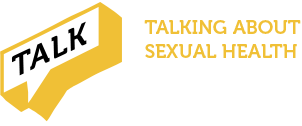How do you treat it?
Treating public lice is simple and involves using a special lotion, cream or shampoo. These can be purchased over the counter at most pharmacists.
You should also wash your towels and bedding in a washing machine on a very hot cycle (50 degrees C or higher). This will kill any remaining lice, preventing re-infection.
The itching might continue for a few days, even if you have been successfully treated. Any eggs in your body hair that remain after treatment can be removed by a special comb that you can get over the counter from the pharmacy.
Make sure that your sexual partner is treated for pubic lice at the same time, even if they don’t show any symptoms. This is because they could be infected but are in the few weeks before the symptoms start to show.

